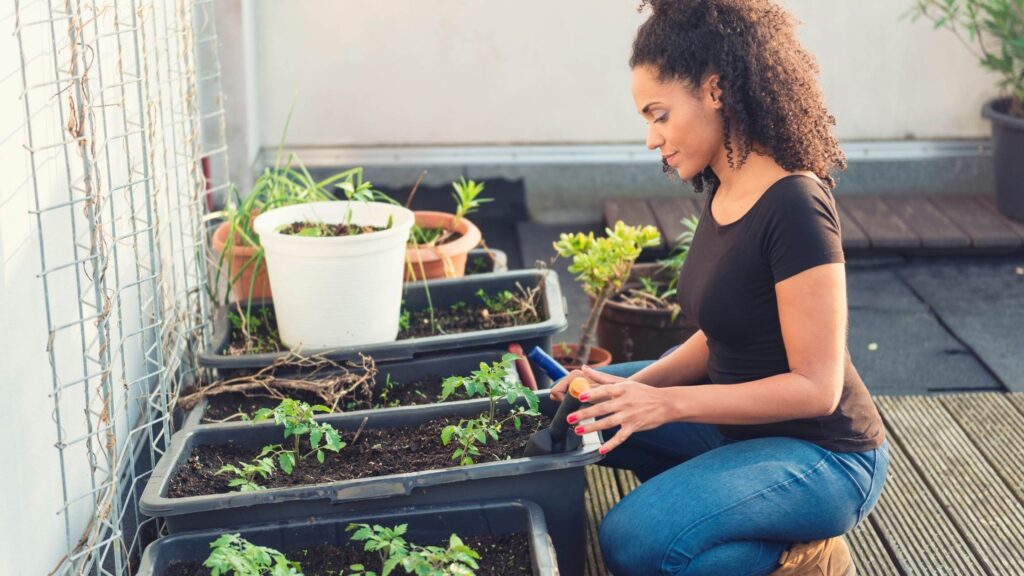The quantity of space available to gardeners in more metropolitan places is restricted. If you’re running out of room or want to add an outdoor experience to your home, things may be looking for you, figuratively. You might wish to think about putting up a rooftop garden. Rooftop gardens are an excellent option for city gardeners to increase their space. They also ensure suitable use of the often-overlooked and underutilized areas, so here are some DIY roof gardening tips we have got for you.

Consider The Safety
You won’t need an architect or a builder for the entire garden construction procedure, but you will need someone to inform you if the building is suitable for a rooftop garden. Some structures were just not built to support the additional weight that a rooftop garden would bring. Other structures may be able to withstand the additional weight but only to a certain extent. If this is the case with your building, a designer or engineer should be there to inform you.
DIY TIP:
If you think you cannot access the architect in any way, try to use as little weight as possible. Instead of pavers, you may use plastic, fiberglass, or foam planting pots for this purpose. Furthermore, when compared to garden earth, lightweight potting soil is a superior choice. Styrofoam peanuts, rather as pebbles or pottery shards, are a suitable alternative for drainage.
Create Green Rooftops
The act of carpeting the rooftops with the sand ground to grow things is known as green rooftops or rooftop gardening. Rooftop gardens, as beneficial as they are, can be started in areas where typical floor space is restricted. Thermal setup is a concern in most cases. Such gardens may really minimize a house’s heat capacity and retention, lowering energy usage and aiding in the battle against pollution, which is a major problem in urban areas. These ‘tiny environmental superheroes’ accomplish a lot more than that. They also give room for cultivating low-cost, long-term crops as well as enjoyment.
Incorporate Windbreaks To Your Garden
Remember that your rooftop garden will be windier than a regular garden. Windbreaks must be included in your roof garden layout. For your rooftop patio, consider employing tomato cages or other latticed windbreaks. Windbreaks that interrupt the wind’s movement rather than working to block it all together are more successful. High winds are more likely to blow down solid windbreaks than those that allow some wind movement. Plus, you don’t want to stop the wind from blowing. You just want to lower it.

Make Arrangements For watering The Plants
Consider how you’ll supply water to your rooftop garden. In warmer weather, you’ll need to water your rooftop garden regularly, and hauling heavy water buckets to the roof is neither enjoyable nor convenient. Consider installing either an established water storage solution or an automated watering system.
Final Verdict
These were some of the DIY roof gardening tips that can play a vital role in making your garden quite successful, green, flourished, and attractive. It is all about preparing yourself properly before you will take any practical step.
